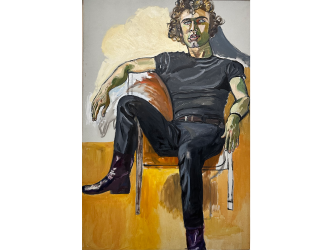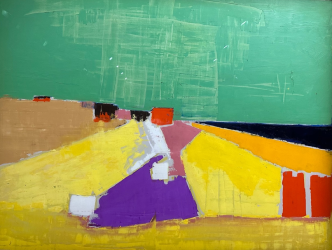Just paint
No razzle dazzle or rigmarole, no frills or filters. Just paint. Nothing but paint. Colours and nothing but colours that interplay with a wild power. It was the artist who decided that his paintings should never be framed and protective glass is unwelcome. The mature works of Mark Rothko (1903-1970) are laid bare in all their power, inviting the viewer to take a deep dive, an immersion that reflects as he himself says, the infinite range of “human sentiments”. The rectangular shapes arranged on the canvas are superimposed with effects of transparency.
Secret of fabrication
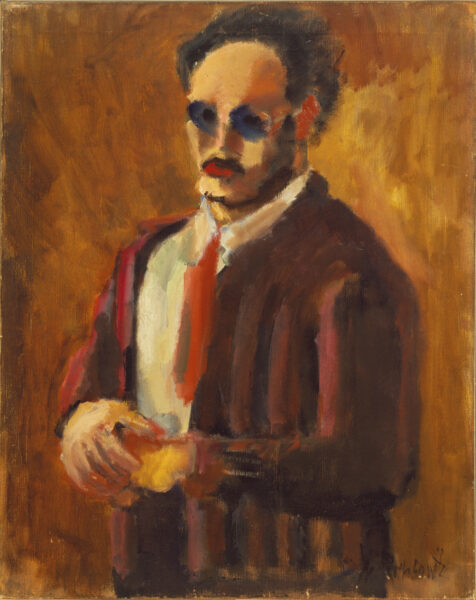
Mark Rothko
We do not know the secret of the fabrication of these shades that produce an aerial effect. The secret of these “atmospheric” touches went to the grave with him.The artist never told a living soul. Of course, it’s better to admire several canvases at once than just one. To glide from one to another, gently, as though a spellbinding piece of music is leading you towards a crescendo…
Suzanne Pagé
In Paris the Centre Pompidou has two paintings by the American artist and Moma has eight works from his mature years. But as a one-off, until 2 April, the Louis Vuitton Foundation is presenting a Rothko exhibition in 110 works. It’s exceptional, a kind of mystical experience. Overseeing the show is the director of the institution Suzanne Pagé, who already staged a retrospective on the artist back in 1999 – she points out that it was smaller – while she was head of the Musée d’art moderne de la ville de Paris.
Christopher Rothko
The co-curator of this large-scale operation is Christopher Rothko, the artist’s son and keeper of his memory. It is an extraordinary feat, with loans from 47 museums, obtained following an intense struggle knowing that the canvases, through their very conception, are particularly fragile. The artist of Russian origin who left his country at the age of 10 for America was a radical figure, passionate, deep and of great seriousness.
The infinity of death
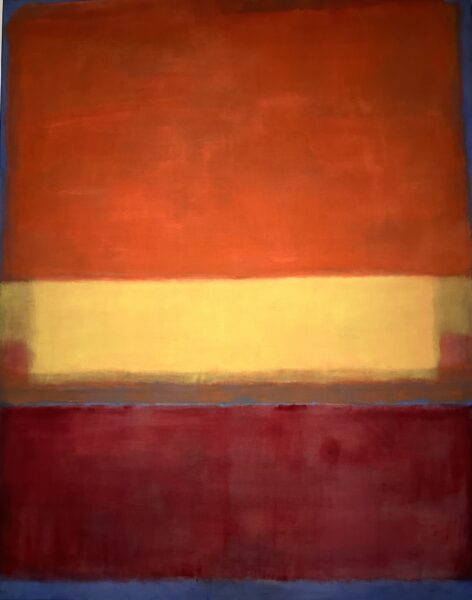
Mark Rothko
When the director John Huston asked him what he painted he replied: “The infinity of death,” before specifying, “the infinite eternity of death”. To understand this response we must first of all imagine a young Jewish boy who fled with his parents from a country where people from his religion were subject to repeated pogroms.
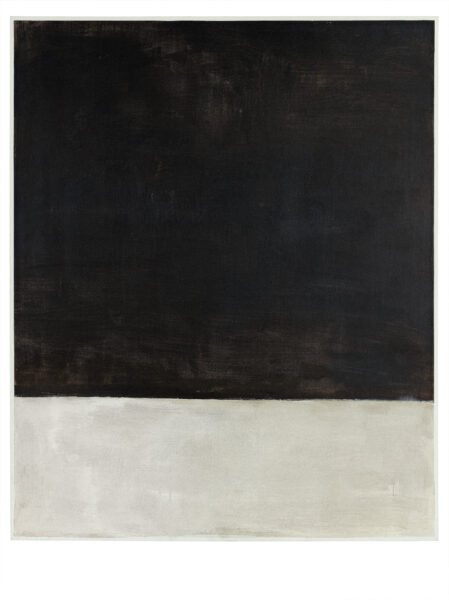
Mark Rothko
The art historian Riccardo Venturi puts forward a new theory in the catalogue which starts with an account from one of his friends, the painter Alfred Jansen (1903-1981): “The Cossacks took the Jews from their village and led them into the forest where they had to dig a huge grave. Rothko says (…) that he had always been haunted by the image of this grave and in a certain way it was trapped in his painting.”
Like a ghost
Like a ghost, the large rectangles of pigments in Rothko’s canvases may correspond to the memory of this overpowering story. On the question of Rothko’s awareness of antisemitism, his son Christopher responds: “In the city where he lived as a child there were no physical attacks on Jews even though there was a lot of antisemitism.
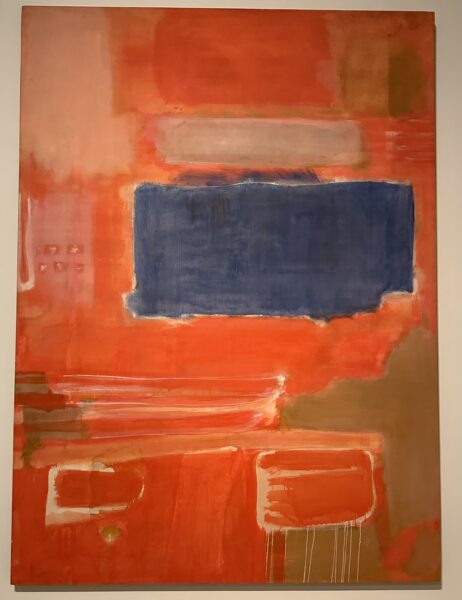
Mark Rothko
This was incidentally what pushed the family to leave the country. His father was a pharmacist. I don’t know how much he suffered in Russia. But he never felt at home in America. He was particularly preoccupied by the Holocaust. After the war he received a commission from Germany. He refused, asking that a Holocaust memorial be erected first. At the time Germany hadn’t yet instated one.”
Matisse, L’atelier rouge
Before the creation of his characteristic visual language, Rothko wandered artistically, like many of his peers. “In 1939, in despair, he even stopped painting for a while,” explains Suzanne Pagé. Specialists pinpoint 1949 as a key date in the establishment of his vocabulary in maturity. That year, Moma in New York acquired and exhibited a painting from 1911 by Henri Matisse, “L’atelier rouge”.
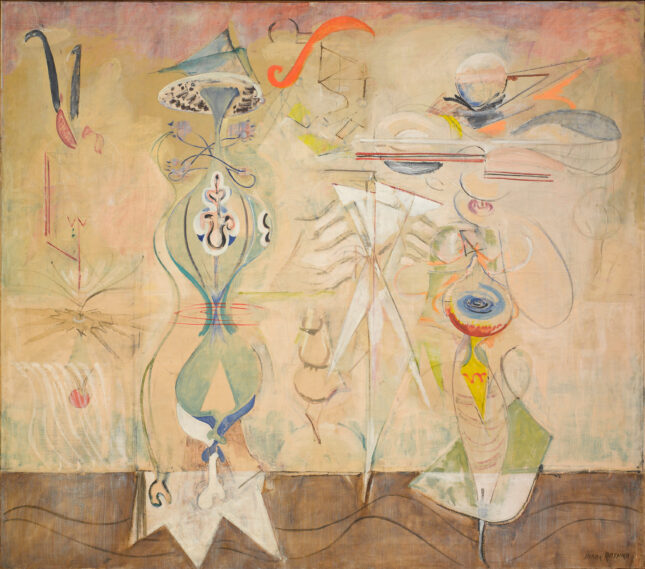
Mark Rothko
At first glance the canvas by the modern painter is not revolutionary. It even seems to be utterly disorganized. We see a few furnishings, sculptures and paintings placed here and there. But what did not escape Rothko with his eyes wide open was the “contaminating” power of colour. Everything in the picture is infused with crimson. Rothko visited Moma very often… What followed was art history, in the larger sense. Over time he considerably darkened his palette.
Black, red and death
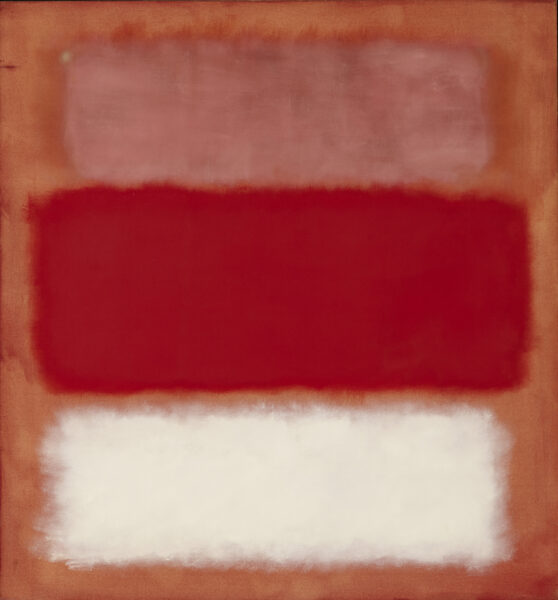
Mark Rothko
In fact, particularly in Rothko’s work, colours do not always have the meaning we often give them. Does black signify death? It’s not that simple. Historians talk about the influence of the palette on the paintings from Alberto Giacometti, who exclusively used dark shades on white. Another painter of American abstraction who has just passed away, Brice Marden (1938-2023), felt a kind of stupefaction when he discovered them: “I think his late works are the best. They are incredible. I think he allowed himself to go to a kind of extreme.”
Dark late paintings
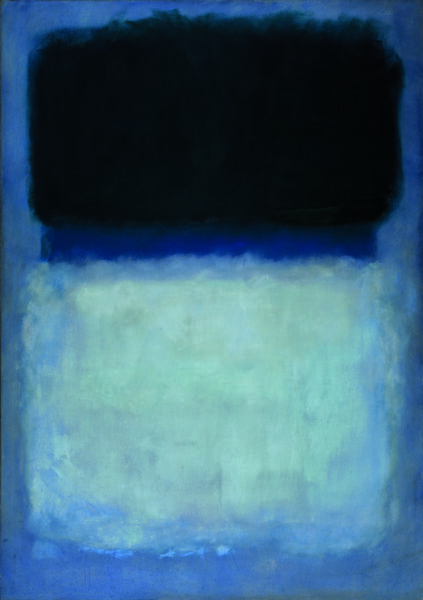
Mark Rothko
Strangely, they are marked with white edges, like a frame, the very thing that Rothko would usually reject for his paintings. But contrary to what Marden and many others thought, Rothko produced at least one other painting after his blacks and greys. The artist’s last work, which was unfinished and sat on the easel in his studio, was bright red. It is said that during the 1960s a rich collector who visited his studio was not enthused by the dark paintings he showed her. She expressed her disappointment: “to be honest I wanted something red, pink, a more optimistic painting, more joyful.” He didn’t care about what she wanted. “Pink, red, yellow, orange. Are they not the colours of hell?” retorted Mark Rothko.
Suicide
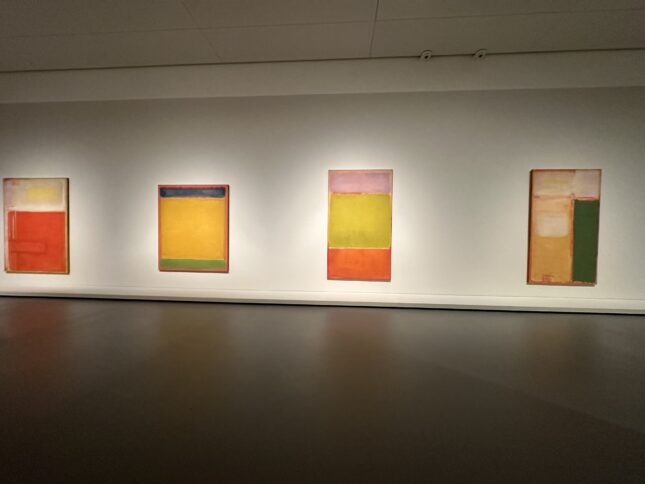
Mark Rothko
At the end of his life the artist suffered from serious health problems. He also experienced a disappointment in love… But there is no official explanation for his radical suicide, with an overdose of barbiturates and razor cuts to his arms, on 25 February 1970 in New York. His legacy today takes the form of a highly articulated oeuvre plus several writings, including this definitive phrase: “I am interested only in expressing basic human emotions – tragedy, ecstasy, doom, and so on (…) And if you are only moved by colour relationships, then you miss the point.” (1)
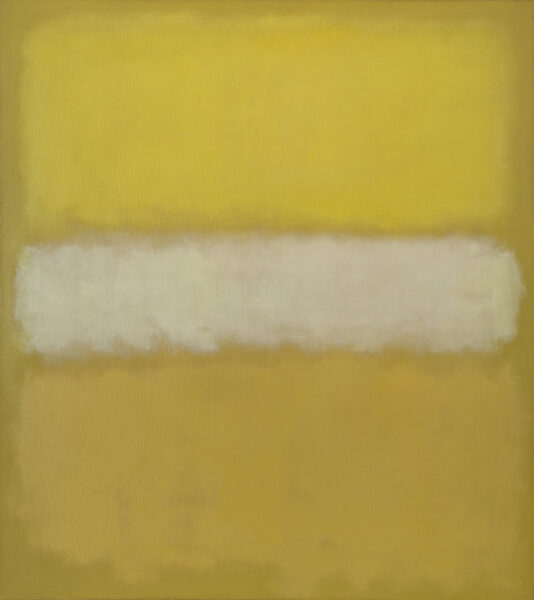
Mark Rothko
Until 2 april. www.fondationlouisvuitton.fr/fr/evenements/mark-rothko
(1) Ecrits sur l’art. Rothko. Champs Flammarion.
Donating=Supporting

Support independent news on art.
Your contribution : Make a monthly commitment to support JB Reports or a one off contribution as and when you feel like it. Choose the option that suits you best.
Need to cancel a recurring donation? Please go here.
The donation is considered to be a subscription for a fee set by the donor and for a duration also set by the donor.


